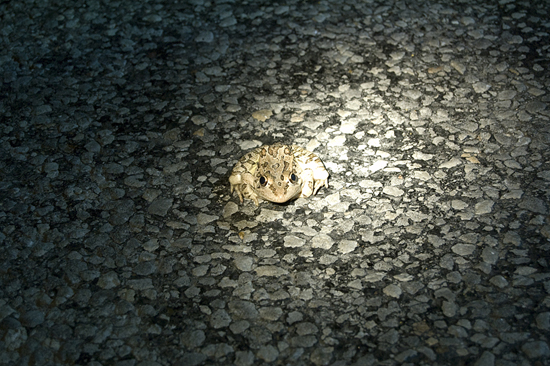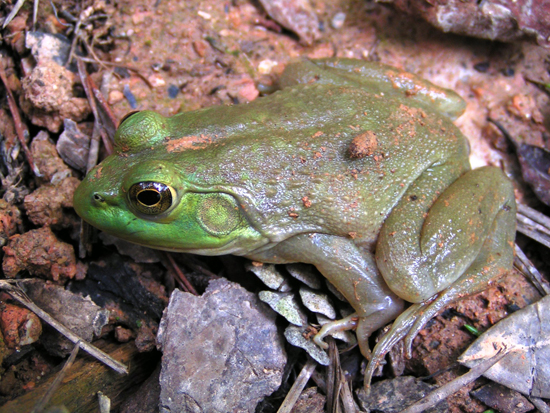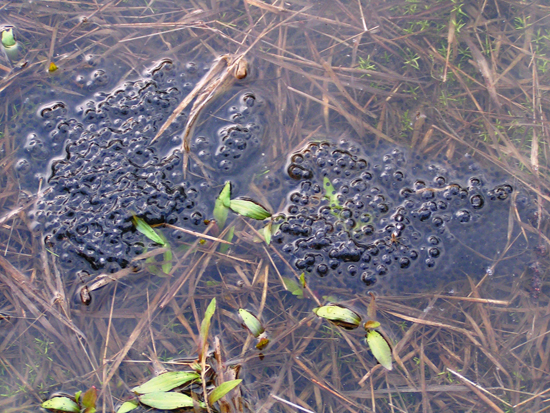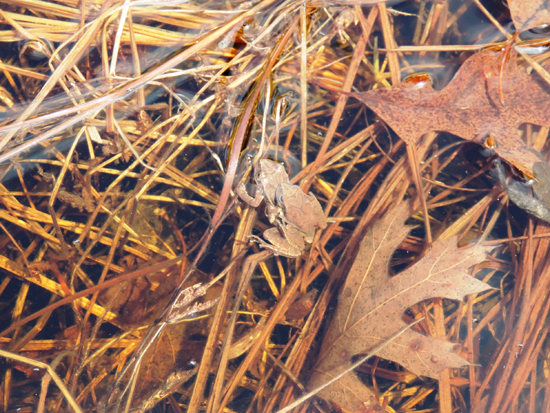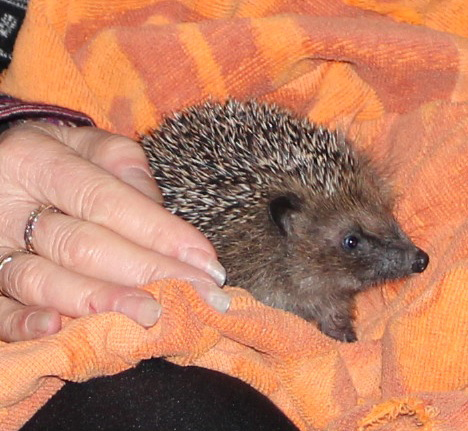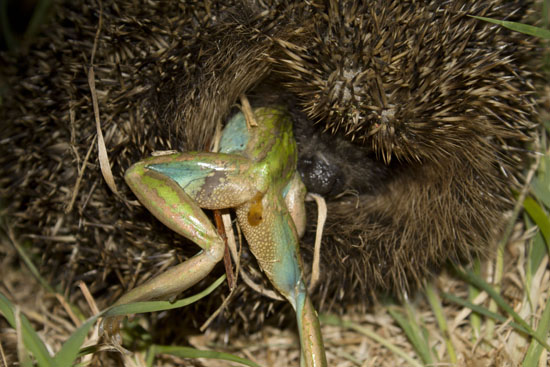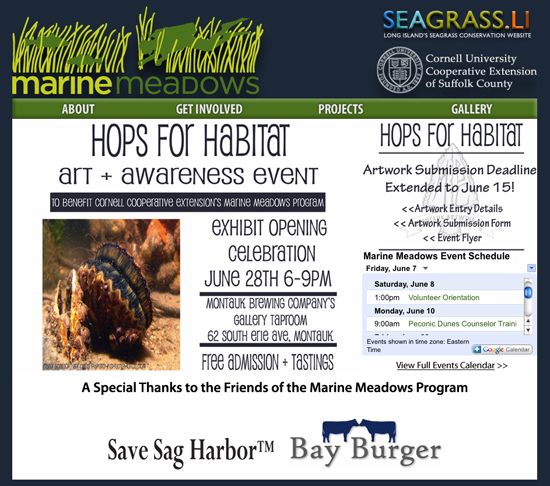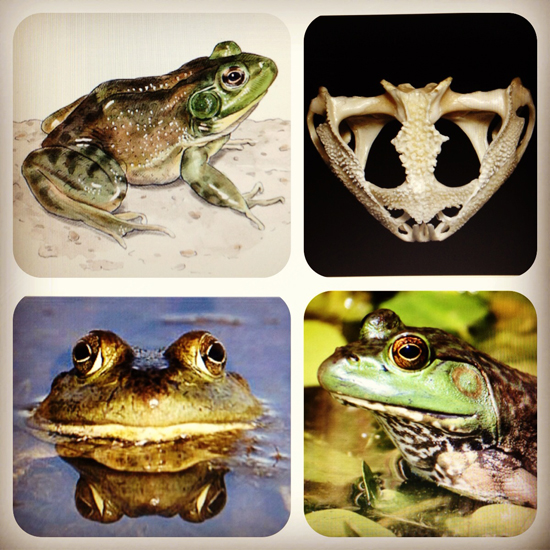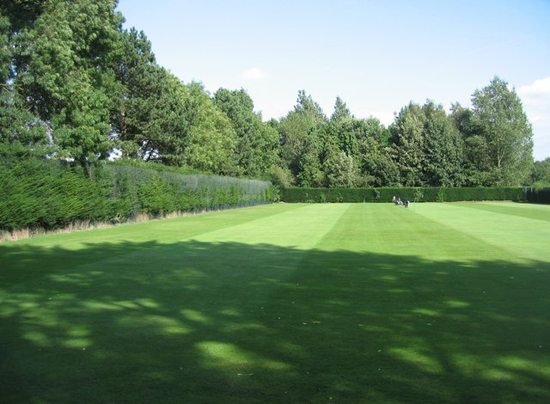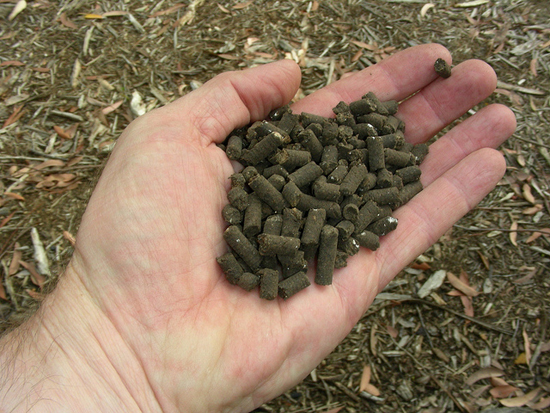Guest blog by Matt Ellerbeck, founder of Save the Salamanders
Although they are rarely given much thought, and often overlooked when they are, salamanders are in a terrible crisis. Around half of all the world’s salamander species are listed as threatened by the International Union for Conservation of Nature (IUCN). These species are all facing a high risk of extinction. A further 62 species have been designated as near-threatened with populations rapidly dwindling. This means they are quickly getting closer to threatened status and to the brink of extinction. Sadly for some salamanders it is already too late, as both the Yunnan Lake Newt (Cynops wolterstorffi) and Ainsworth’s Salamander (Plethodon ainsworthi) have already gone extinct.
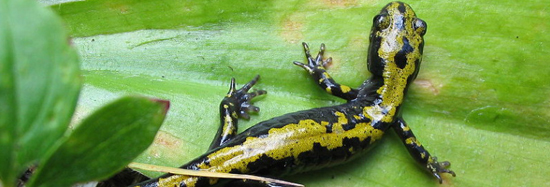 Salamanders have been on the earth for over 160 million years, and the terrible state that they now find themselves in is due to the detrimental acts of humans. Even those species that are not experiencing population declines deserve attention and conservation to ensure that they remain healthy and stable.
Salamanders have been on the earth for over 160 million years, and the terrible state that they now find themselves in is due to the detrimental acts of humans. Even those species that are not experiencing population declines deserve attention and conservation to ensure that they remain healthy and stable.
One of the biggest issues affecting salamanders is the loss of their natural habitat. Many areas that were once suitable for salamanders to live in have now been destroyed for developmental construction and agriculture. Habitats of all kinds are being lost at an alarming rate. Wetlands are drained, forests are logged and cut down, and waterfronts are developed. Salamanders are literally losing their homes and they are losing them rapidly. The expansion of urban areas threatens the suitable habitats that still remain.
Where natural habitats do still exist, they are often fragmented or degraded. Fragmentation occurs when healthy areas of habitat are isolated from one another. These fragmented areas are known as habitat islands. Salamander populations are affected since gene flow between the populations is prevented. This increases the occurrence of inbreeding, which results in a decrease in genetic variability and the birthing of weaker individuals.
Fragmented populations where inbreeding occurs often ends in a genetic bottleneck. This is an evolutionary event where a significant percentage of the population or species is killed or otherwise prevented from reproducing. Habitat fragmentation is also harmful because it often eliminates crucial requirements in the area which are critical to the survival of salamander populations. Such areas include spaces that can be utilized for thermoregulation, prey capture, breeding, and over-wintering. Without such habitat requirements populations dwindle.
Breeding sites, often in the forms of vernal pools are particularly important. The loss of such areas in the form of habitat destruction can negatively affect the entire population and its reproductive output. According to the Committee on the Status of Endangered Wildlife in Canada (COSEWIC), there is some evidence that certain salamander species have individuals that return to the pond in which they were born once they reach maturity. Therefore, destruction of a breeding pond may result in loss of the entire population returning to that site. Habitat complexity is also important as it offers shelter to salamanders from both predators and human persecution.
Degradation occurs when the natural habitat has been altered and degraded to such a degree that it is unlikely that any remaining salamanders species would be able to survive. Developments and agriculture near fragmented habitats put salamanders at serious risk. As amphibians, salamanders have extremely absorbent skins. Industrial contaminants, the introduction of sedimentation into waterways, sewage run off, pesticides, oils, and other chemicals and toxic substances from developmental construction sites and human settlements can all be absorbed by salamanders. This can quickly lead to deaths. They can also cause widespread horrific deformities to occur. A study conducted at Purdue University found that out of 2,000 adult and juvenile salamanders 8 percent had visible deformities.
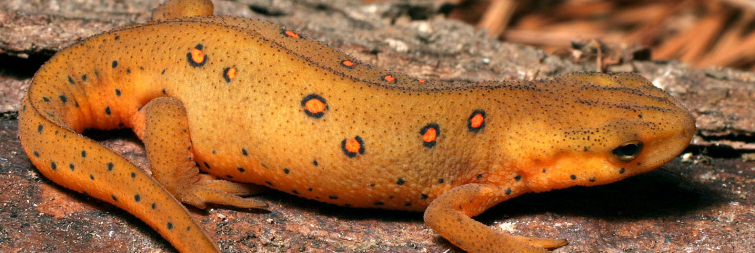
According to Save The Frogs, Atrazine (perhaps the most commonly used herbicide on the planet, with some 33 million kg being used annually in the US alone) can reduce survivorship in salamanders. Many products are sold with the claim that they are eco-friendly. However, these should be viewed with caution. For example, according to N.C Partners in Amphibian and Reptile Conservation, Roundup and many other surfactant-loaded glyphosate formulations are not labeled for aquatic use. When these formulations are applied to upland sites according to label instructions, the risk to surfactant-sensitive species is considered low. While this may be the case for fish it does not necessarily apply to amphibians. Salamanders that breed in water also routinely use non-aquatic areas and could easily be exposed to glyphosate formulations that contain harmful surfactants through direct application and not just incidental drift.
Habitat destruction and degradation can also effect the availability of prey items, causing unnatural declines in appropriate food sources.
Habitats are often isolated and cut off from one another by the roads and highways that now run through them. Countless numbers of salamanders are killed on roads and highways every year when they are hit by vehicles. Salamanders that are migrating to breeding and egg-laying sites often must cross over roads to reach such areas. Here many of the mature members of the breeding population are killed. Removing members of the breeding populations greatly limits reproductive output, this makes it incredibly hard for salamander numbers to rebound.
Roads present an additional problem because they represent a form of habitat loss. The roads that run through natural areas also fragment the existing populations, drastically making them smaller in size. This limits the gene flow and genetic diversity between the isolated populations on either side and this greatly increases the chances of extirpation. When salamanders attempt to cross roads to travel between the populations, or to critical breeding/birthing sites it greatly increases their chances of being hit and killed by vehicles.
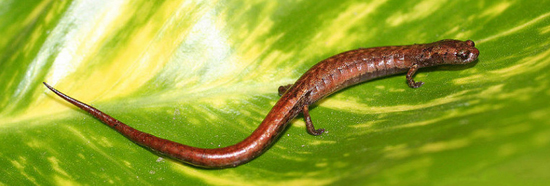
The Wetlands Ecology and Management (2005) population projections for spotted salamander (Ambystoma maculatum) life tables imply that an annual risk of road mortality for adults of greater then 10% can lead to local population extirpation. Unfortunately, it is estimated that mortality rates can often be as high as 50 to 100%, which means populations are at extreme risk of extirpation and extinction due to road mortality. Wyman (1991) reported average mortality rates of 50.3 to 100% for hundreds of salamanders attempting to cross a paved rural road in New York State, USA. Given that this figure pertains to a rural area from over a decade ago, it is fair to assume that even higher mortality rates occur as their has been in increase in cars and roads over the years. Reducing road mortality is paramount to preserving salamander species.
Being hit and killed by vehicles is not the only threat that roads create for salamanders. Chemical run-off from vehicles contaminate roadside ditches and pools. These sites are often utilized by salamanders for breeding and birthing. According to Steven P. Brady (2012) survival in roadside pools averaged just 56%, as compared to 87% in woodland pools. Thus, an average of 36% fewer individual embryos survived to hatching in roadside versus woodland pools.
Salamanders are also threatened when they are harvested from the wild. Salamanders are taken for the pet trade, for food markets, and for use as fishing bait.
There is much about salamanders that scientists do not know. Aspects of the biology, ecology, and lifestyles of many species is a mystery. This undoubtedly means human interference is negatively affecting salamanders in ways in which we don’t even know. The intricate relation between all species and the vital roles they play within eco-systems is also being altered. Such alterations can have serious consequences to not just salamanders, but many other animals as well (including humans).
To find out how you can help please see: www.savethesalamanders.com
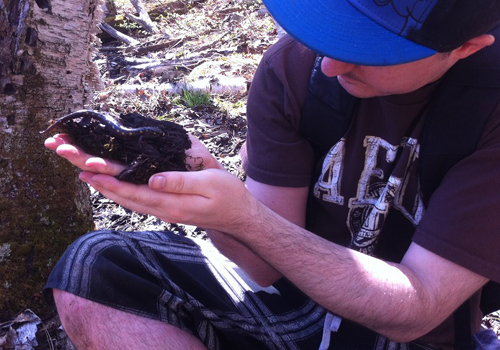
About Matt Ellerbeck and Save the Salamanders:
Over the years he has observed hundreds of salamanders in their natural habitats. This interest eventually led to Matt becoming a Salamander Advocate and Conservationist.
Matt also has considerable experience and expertise in regards to salamanders and their care. He has cared for and observed numerous species. These include forms belonging to the genera Plethodon, Ambystoma, Necturus, Notophthalmus, Hypselotriton, Pleurodeles, Taricha, Salamandra, Hemidactylium, Eurycea, Pseudotriton, Amphiuma, Siren, and Paramesotriton. Matt is also in possession of a license to keep Specially Protected Amphibians in Captivity for the purpose of education, which has been granted by the Ontario Ministry of Natural Resources.
Along with wildlife preservation, Matt also believes in the ideals of Environmentalism, Deep Ecology, Biocentrism, Ecocentrism, and anti-Speciesism; and draws from these various movements to help salamanders.
Matt is committed to continuing his efforts to help salamanders. His love and concern for these animals is second to none!


